The media hasn’t exactly swamped its audiences with the news, but this has been a significant summer in terms of improving accessibility for disabled drivers and passengers. Ian Streets, managing director of About Access, takes a look
The criteria for eligibility for a Blue Badge were broadened in the latest guidance from the Department for Transport.
And, in a move which is separate but relevant, National Highways – until recently Highways England – has released details of a scheme to offer information which will help disabled people and carers plan where to stop for a break at motorway service areas.
Changes to the Blue Badge scheme
The changes to the Blue Badge scheme are noteworthy because, logically, they will embrace more people and lead to an increase in demand for Blue Badges and, by extension, accessible parking spaces.
That matters to any business or other organisation which offers and manages such spaces, from local authorities to car park operators, supermarkets, shopping centres, office complexes and more.
At one time Blue Badges were only available to people with poor mobility or wheelchair users, but in 2019 the scheme was extended to include people with hidden impairments.
The most recent changes say you may be eligible for a Blue Badge if one or more of the following applies:
- you are constantly a significant risk to yourself or others near vehicles, in traffic or car parks
- you struggle severely to plan or follow a journey
- you find it difficult or impossible to control your actions and lack awareness of the impact you could have on others
- you regularly have intense and overwhelming responses to situations causing temporary loss of behavioural control
- you frequently become extremely anxious or fearful of public/open spaces.
As word spreads about the change it is likely to prove controversial because there are some who think that the system is already overloaded and abused. Many also take the view that people who have hidden impairments are not disabled.
Such attitudes can make life difficult for those who operate car parks with accessible spaces and who often have to deal with dissent, but they don’t absolve the operator from their responsibilities.
The holder of a Blue Badge is seen as meeting the criteria to use an accessible bay. On private land, the operator can make up their rules but it is recognised that the Blue Badge identifies someone who needs a bay.
Availability of accessible parking
Approved Document M of the Building Regulations and BS8300 both state that accessible parking provision should be made available, offering guidance on the number of accessible bays which should be provided and the amount of extra space required for disabled drivers – and of course disabled passengers.
The government’s latest statistics, which are due to be updated in December, say that 2.44 million people – or 4.3% of the population – held a Blue Badge on 31 March 2020.
Drawing on other data including the figure from National Highways showing that around 5% of drivers are disabled, we calculate that approximately one-third of Blue Badges are allocated because of the needs of passengers rather than drivers. That’s something people need to remember if they have doubts about a driver’s eligibility for having a Blue Badge.
The initiative by the National Highways and AccessAble collates essential information about accessible features at all of the 114 motorway service areas across England.
The new guides, available online or via the free app, are 100% facts, figures, and photographs to help motorists plan their visit. They cover key areas including parking, toilets, petrol stations, shops, and restaurants, with detailed information on everything from parking and hearing loops, to walking distances and accessible toilets.
The partners have also created virtual route guides, with 360-degree imagery which will enable visitors to “virtually” explore routes to key facilities including accessible toilets and Changing Places, so people can find out exactly what to expect when they arrive.
It’s a welcome initiative and is clearly appreciated by accessibility charities and campaign groups as something which will help disabled drivers and disabled passengers plan their journeys and ensure a smoother, safer ride.
But the stand-out comments for us came from National Highways, confirming its commitment to ensuring its roads and services are more accessible and inclusive and acknowledging “there’s lots more to do”.


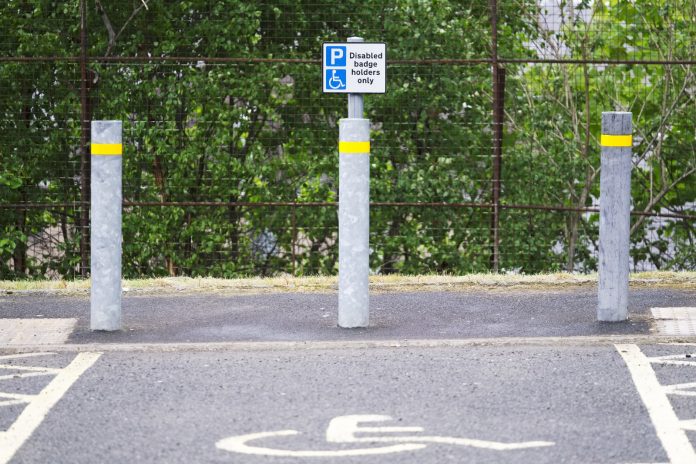


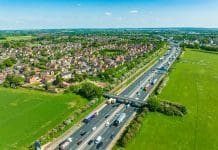

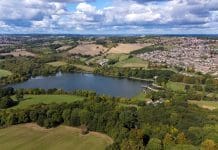
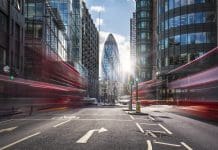

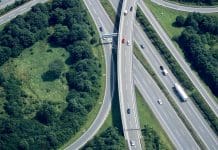
![[VIDEO] Cambridge waste water plant granted permission to relocate Artist impression of the new Cambridge waste water plant and surrounding land](https://www.pbctoday.co.uk/news/wp-content/uploads/2025/04/p.151-768x364-1-218x150.jpg)


